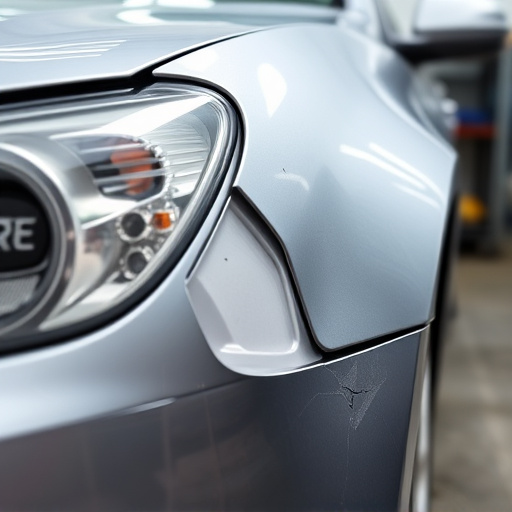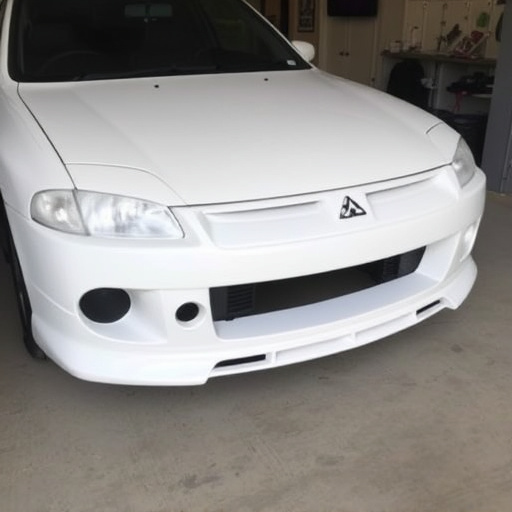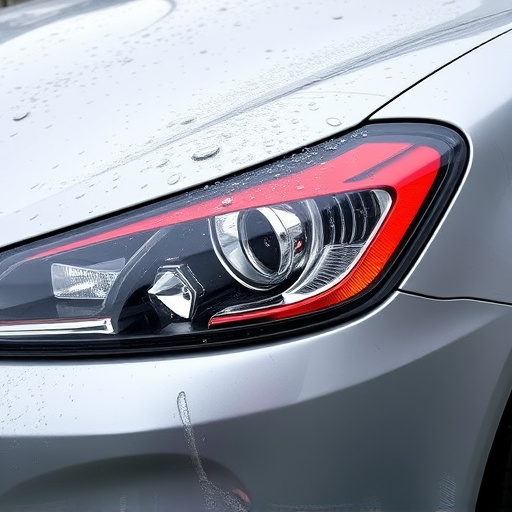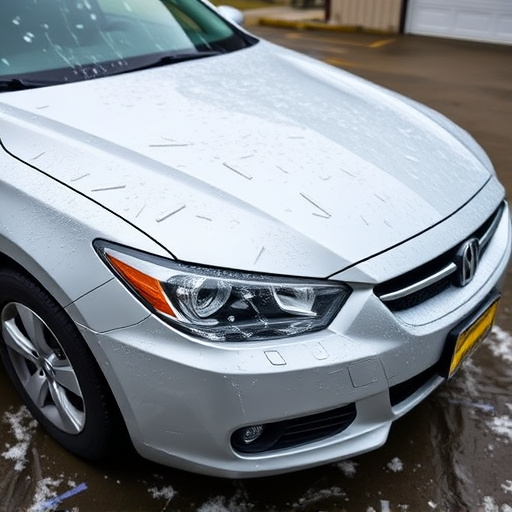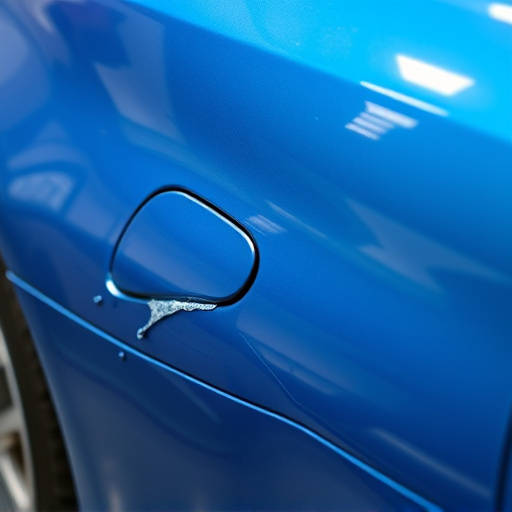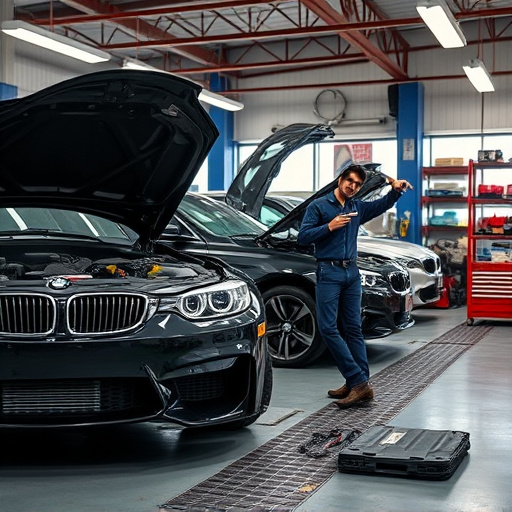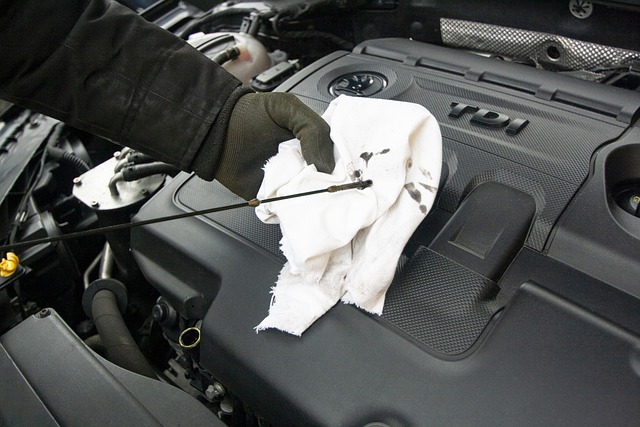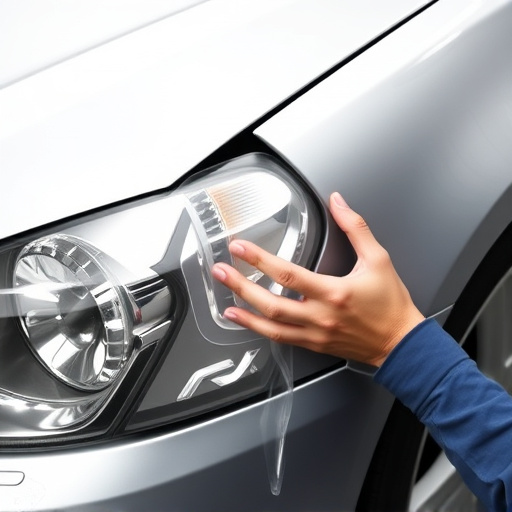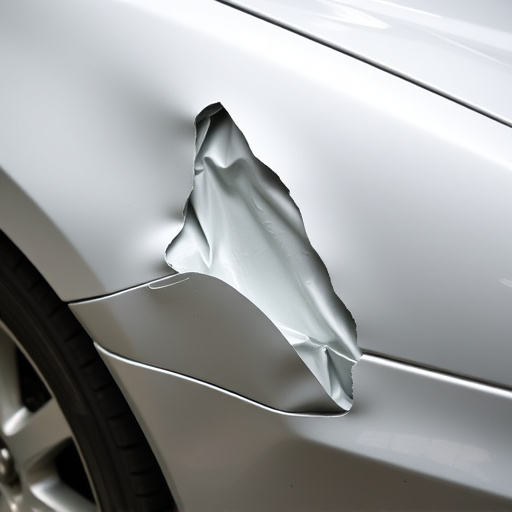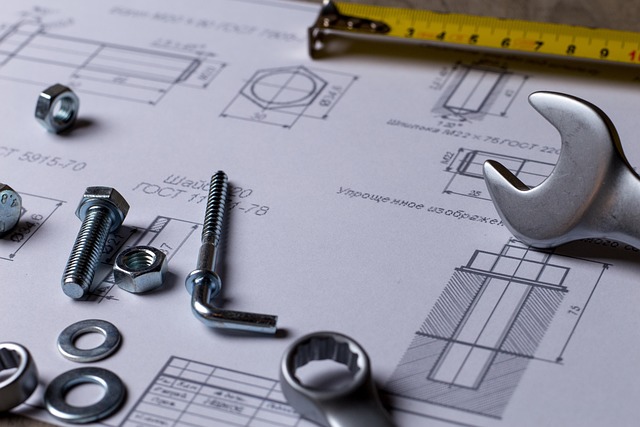Plasma cutting technology revolutionizes collision repair for high-end and electric vehicles, offering precision, speed, and minimal heat impact. Its versatility enables intricate bodywork, maintains finishes and sensitive systems, shortens repair times, and enhances customer satisfaction in a competitive automotive market. Best practices include clean workspace, protective gear, quality tools, precise measurement, following manufacturer guidelines, and regular equipment maintenance.
Plasma cutting has emerged as a game-changer in the collision repair industry, particularly for high-end and electric vehicles (EVs). This advanced technology offers precise, efficient, and clean cuts, ensuring superior structural integrity and aesthetic results. In this article, we explore the intricacies of plasma cutting collision repair, highlighting its advantages, best practices, and tips for achieving flawless outcomes. Discover how this innovative approach enhances the restoration process for modern automotive needs.
- Understanding Plasma Cutting Technology for Collision Repair
- Advantages of Plasma Cutting for High-End and EV Vehicles
- Best Practices and Tips for Efficient Plasma Cutting Collision Repair
Understanding Plasma Cutting Technology for Collision Repair

Plasma cutting technology has emerged as a game-changer in the field of collision repair, particularly for high-end and electric vehicles (EVs). Unlike traditional cutting methods, plasma cutting offers precision, speed, and versatility, making it ideal for the intricate work often required in car bodywork and restoration. This advanced technique involves using a plasma arc to cut through materials with exceptional accuracy, ensuring minimal heat impact and reduced material distortion.
For collision repair specialists, plasma cutting provides an efficient solution for complex auto repair services. It allows for precise removal of damaged components without compromising the integrity of surrounding areas, which is crucial when dealing with high-end finishes and sensitive electrical systems found in modern EVs. By adopting this technology, repair shops can enhance their capabilities, shorten repair times, and deliver superior results, thereby maintaining customer satisfaction in the competitive automotive market.
Advantages of Plasma Cutting for High-End and EV Vehicles
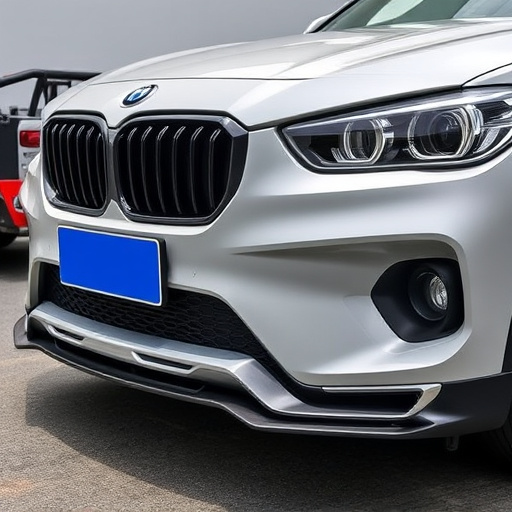
Plasma cutting offers numerous advantages for collision repair on high-end and electric vehicles (EVs). Its precision and control allow for meticulous cuts, ensuring minimal damage to surrounding areas during the repair process. This is particularly beneficial for complex vehicle structures, where traditional cutting methods may cause additional stress or harm. The non-invasive nature of plasma cutting reduces the risk of compromising sensitive components, a critical factor in high-end and EV vehicles with advanced systems.
Moreover, plasma cutting collision repair provides excellent accuracy and repeatability, which is essential for achieving factory-like finishes. This precision ensures that vehicle body shops can deliver top-quality repairs while maintaining the original aesthetics. With its versatility, plasma cutting can handle a wide range of materials commonly used in these vehicles, making it a preferred choice for vehicle dent repair and other intricate modifications.
Best Practices and Tips for Efficient Plasma Cutting Collision Repair
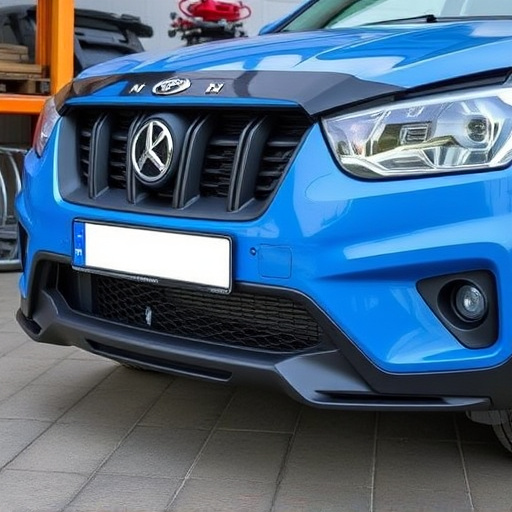
In the realm of plasma cutting collision repair for high-end and electric vehicle (EV) models like Mercedes Benz, adhering to best practices is paramount. For starters, prepare your workspace meticulously—a clean, well-lit area ensures precision and safety during the process. Utilize protective gear, including gloves and eye wear, as plasma cutting involves extreme heat and potential debris. Prioritize quality tools; using top-notch plasma cutters and consumables guarantees consistent, accurate cuts, which is crucial for intricate scratch repair in collision repair shops.
Moreover, precise measurement and marking are essential steps before cutting. This minimizes waste and reduces the need for excessive reworking. For EV vehicles with unique body panels or complex designs, consult manufacturer guidelines to avoid damaging sensitive components. Regularly maintain your plasma cutter to ensure optimal performance, and stay updated on industry trends and techniques to keep up with evolving technologies in collision repair.
Plasma cutting collision repair has emerged as a game-changer in the automotive industry, particularly for high-end and electric vehicles (EVs). By leveraging the advantages of plasma cutting technology, such as precision, speed, and minimal heat input, professionals can now achieve superior results when repairing these advanced vehicles. Following best practices and adopting efficient techniques ensures optimal outcomes, preserving the integrity and value of both classic and modern automotive treasures. For collision repair specialists, embracing plasma cutting offers a path towards enhanced craftsmanship and customer satisfaction in the ever-evolving automotive landscape.
